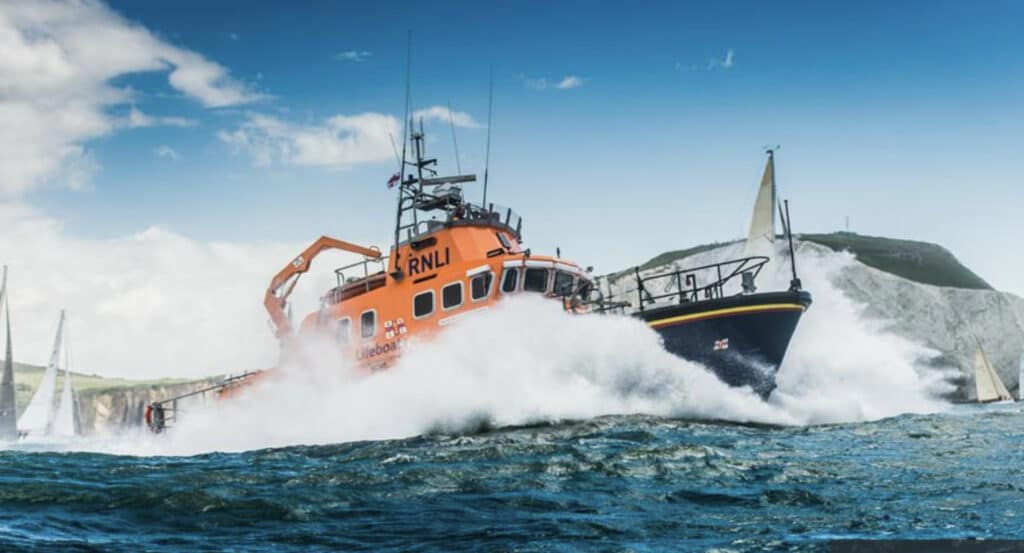Rips are strong currents running out to sea which can quickly drag you out of your depth. Sometimes they reach speeds faster than an Olympic swimmer, so it might not be a surprise that they’re a major cause of accidental drowning on beaches worldwide.

They can be difficult to spot, so Dr Rob Brander used dye to help show us what they look like. Please share.
If you can: always choose a lifeguarded beach, swim between the yellow and red flags, and take advice from the lifeguards to help you identify and avoid rips.
To break the grip of a rip: don’t try to swim against it or you’ll get exhausted | If you can stand, wade don’t swim | If you can, swim parallel to the shore until free of the rip and then head for shore | Raise your hand, shout for help.
If you see anyone else in trouble, alert the lifeguards or call 999 Coastguard.
How can I stay safe on the beach?
- Choose a lifeguarded beach and swim between the red and yellow flags
- If you’re in trouble in the water, float to live
- In an emergency dial 999 for the Coastguard (UK) or 112 for the Coast Guard (Ireland)

How to float
- Fight your instinct the thrash around
- Lean back, extend your arms and legs
- If you need to gently move them around to help you float
- Float until you can control your breathing
- Only then call for help or swim to safety
Be aware of the dangers.
Know your limits and don’t take risks.
Go with others and look out for each other.
Make sure your phone is charged so you can call for help if you come across anyone who needs it.

RespectTheWater #DrowningPrevention #999Coastguard
PLEASE SUPPORT US FOR JUST £2 A MONTH







